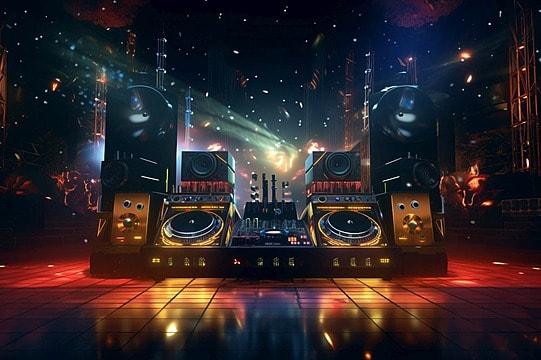How Music AI Tools Are Reshaping Creativity

When we talk about creativity in sound, music ai tools are emerging as some of the most fascinating innovations of our time. These technologies aren’t here to replace musicians or strip away originality; rather, they’re showing how the boundaries of sound, rhythm, and composition can be approached from entirely new angles. From songwriting support to generating melodies, these tools provide fresh ways of thinking about music.
For many independent artists, writing a full composition can feel overwhelming. A blank page or empty track can lead to creative blocks. Music-based AI helps by suggesting chord progressions, building rhythmic structures, or even proposing lyrical themes. Instead of staring at silence, musicians can respond to these suggestions, either using them directly or reshaping them into something more personal. In this sense, AI acts like a collaborator, sparking ideas rather than dictating them.
Producers and sound engineers also find value in these tools. Mixing and mastering have always been both art and science, requiring years of practice. Music AI now offers guidance that points out balance issues, tonal inconsistencies, or frequency clashes. While an expert ear is still essential, the AI can act as an assistant that highlights details human attention might miss after hours in the studio. This makes the production process more efficient and, in many cases, less stressful.
Music education is another area seeing interesting changes. Students who once relied only on sheet music or tutors now have interactive platforms powered by AI. These platforms can provide instant feedback on pitch, timing, or harmony, almost like a virtual teacher available at any moment. For beginners, this can speed up learning, while advanced learners gain the chance to experiment with more complex structures without hesitation.
Beyond professional and educational spaces, casual listeners are also engaging with these technologies. Some tools can generate playlists tailored to not just preferences but even moods detected from typing styles or biometric signals. Others can remix favorite songs into entirely different genres, showing just how flexible AI-driven creativity can be. It’s not only about utility—it’s also about play and curiosity.
Still, there are important questions surrounding the rise of such tools. Who owns the music created with heavy AI involvement? How do we ensure that originality isn’t overshadowed by algorithmic patterns? These concerns remind us that while the tools are innovative, human judgment and artistic vision remain at the core of meaningful music.
In the end, the growth of music ai tools highlights an evolving relationship between humans and technology in the creative world. They don’t strip music of its soul; rather, they show us fresh possibilities. Whether you’re an artist, student, or listener, these tools open up pathways for engagement with sound in ways that weren’t possible before. The challenge lies in using music ai tools thoughtfully, keeping creativity and human emotion as the central forces guiding the journey.
- Vibnix Blog
- Politics
- News
- Liberia News
- Entertainment
- Technology
- Εκπαίδευση
- Art
- Causes
- Crafts
- Dance
- Drinks
- Film
- Fitness
- Food
- Παιχνίδια
- Gardening
- Health
- Κεντρική Σελίδα
- Literature
- Music
- Networking
- άλλο
- Party
- Religion
- Shopping
- Sports
- Theater
- Wellness



